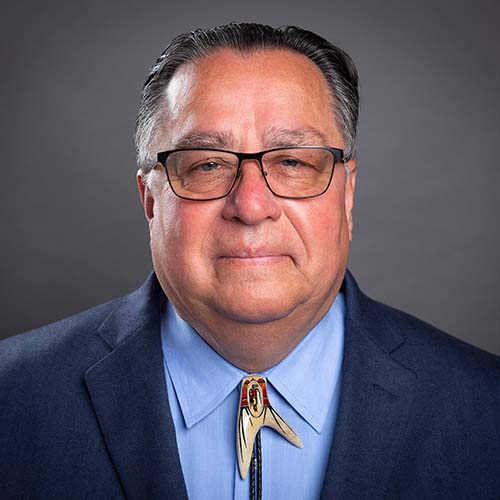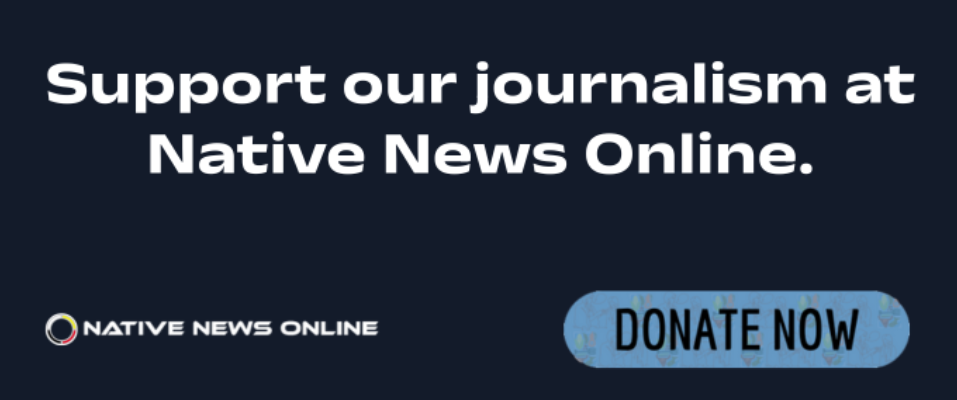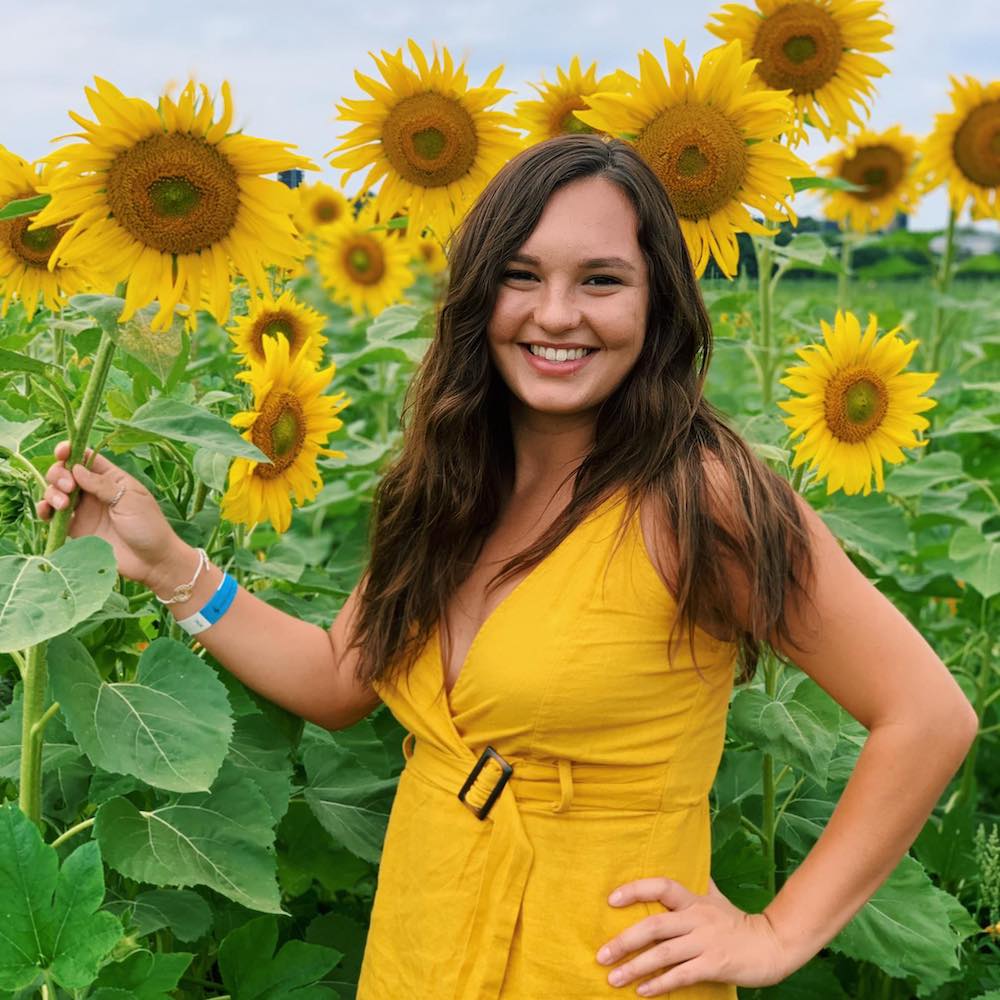
- Details
- By Kaili Berg
The Broad Museum in Los Angeles will open a new exhibition on May 10 featuring work by Jeffrey Gibson, the first Indigenous artist to represent the United States solo at the Venice Biennale.
The show, called "Jeffrey Gibson: the space in which to place me," will run through September 28, 2025, and features over 30 of Gibson’s vibrant and thought-provoking artworks.
Gibson, who is Choctaw and Cherokee, is known for mixing bright colors, geometric shapes, beads, and powerful messages in his art. His work often challenges the way history is told and celebrates Native identity, LGBTQ+ communities, and other groups that are often left out of the mainstream.
The title of the exhibit comes from a poem by Oglala Lakota writer Layli Long Soldier, which explores what it means to belong. That theme runs through the entire show, which includes paintings, sculptures, murals, flags, and a video installation.
One key artwork in the show is a large painting titled THE RETURNED MALE STUDENT FAR TOO FREQUENTLY GOES BACK TO THE RESERVATION AND FALLS INTO THE OLD CUSTOM OF LETTING HIS HAIR GROW LONG.
The title comes from a 1902 government letter telling Native students to cut their hair. Gibson uses the quote in a colorful, beaded artwork to turn a message of forced assimilation into a proud statement of resistance and cultural pride.
Another powerful moment in the exhibit pairs an old bronze statue called The Dying Indian with a pair of new beaded moccasins by artist John Little Sun Murie. The moccasins include lyrics from a Roberta Flack song and are meant to honor Native traditions while rethinking how history is remembered.
Throughout the show, Gibson draws from music, historical speeches, legal documents, and poetry. One mural includes lyrics from Nina Simone’s song Feeling Good, while a large sculpture spells out “WE WANT TO BE FREE” in beads, referring to early civil rights laws in the U.S.
The Broad has also added one of Gibson’s Venice Biennale paintings to its permanent collection.
“This show is about shining a light on stories that are often left out,” Gibson said. “It’s about joy, resistance, and showing that we belong.”
The museum will also host talks, performances, and workshops during the run of the exhibit to give people more ways to connect with Gibson’s work.
Gibson was born in Colorado in 1972. He studied painting in Chicago and London and now creates art that brings together Indigenous history, pop culture, and personal identity.
Jeffrey Gibson: the space in which to place me was first shown at the U.S. Pavilion at the 2024 Venice Biennale and is now coming to Los Angeles, with tickets available soon at thebroad.org.
More Stories Like This
Zuni Youth Enrichment Project Takes Top Emerging Artist Apprentices to Phoenix for Artistic Exploration and Cultural ImmersionFrom Dishwasher to Award-Winning Chef: Laguna Pueblo's Josh Aragon Serves Up Albuquerque's Best Green Chile Stew
Rob Reiner's Final Work as Producer Appears to Address MMIP Crisis
Vision Maker Media Honors MacDonald Siblings With 2025 Frank Blythe Award
First Tribally Owned Gallery in Tulsa Debuts ‘Mvskokvlke: Road of Strength’
Help us defend tribal sovereignty.
At Native News Online, our mission is rooted in telling the stories that strengthen sovereignty and uplift Indigenous voices — not just at year’s end, but every single day.
Because of your generosity last year, we were able to keep our reporters on the ground in tribal communities, at national gatherings and in the halls of Congress — covering the issues that matter most to Indian Country: sovereignty, culture, education, health and economic opportunity.
That support sustained us through a tough year in 2025. Now, as we look to the year ahead, we need your help right now to ensure warrior journalism remains strong — reporting that defends tribal sovereignty, amplifies Native truth, and holds power accountable.
 The stakes couldn't be higher. Your support keeps Native voices heard, Native stories told and Native sovereignty defended.
The stakes couldn't be higher. Your support keeps Native voices heard, Native stories told and Native sovereignty defended.
Stand with Warrior Journalism today.
Levi Rickert (Potawatomi), Editor & Publisher


